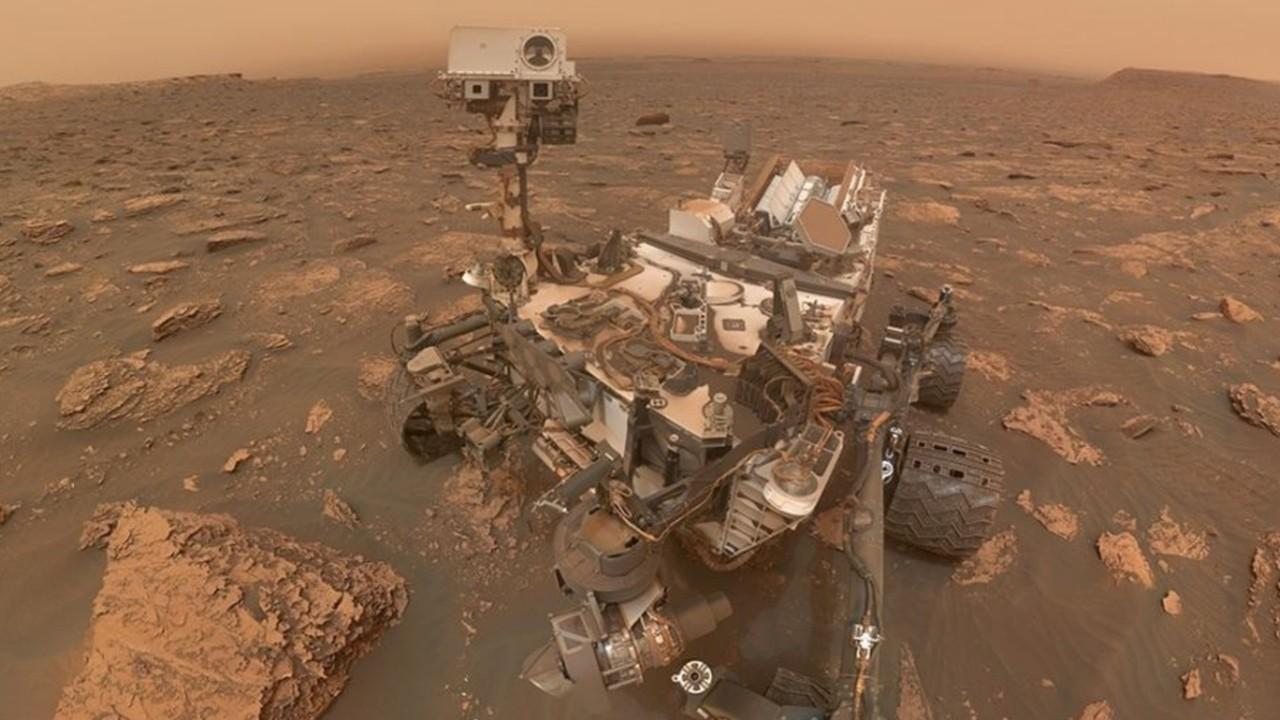

NASA has seen a total of eight successful landings on Mars, including five rovers.ĭating back to 1975’s Viking 1 and 2, to 2018’s InSight, each mission discovered new aspects of Mars - from the existence of water and weather patterns, to evidence of past habitable environments. The rover will also characterize the climate and geology of Mars, and collect samples for a future mission to bring back to Earth.įinally, the rover will test technologies for future missions on the red planet, be they robotic or human. The Perseverance will work to determine whether life ever existed on Mars by focusing on the Jezero Crater, which has signs of an ancient lake and delta where scientists believe microorganisms could have existed and been preserved. The latest mission to Mars has five goals that the rover is designed to achieve. Was Mars ever alive? Perseverance’s goals Here’s what you need to know ahead of the historic landing. The final descent should take about seven minutes, with the rover expected to touch down around 12:55 p.m. Perseverance’s space voyage will conclude when the rover blazes through Mars’ atmosphere at about 12,100 mph. The 293 million-mile journey to Mars was preceded by a February 2020 trip from the JPL campus on the edge of the San Gabriel Mountains to Cape Canaveral in Florida, where Perseverance launched in July. Experts in multiple disciplines came together to bring the latest rover to life and complete an important mission in the future of space exploration. The Mars 2020 team is made up of scientists and engineers from all over the world. NASA’s Perseverance rover, set to land on Mars on Thursday and look for signs of ancient life on the red planet, was designed, built and managed in Los Angeles’ backyard: Jet Propulsion Laboratory near Pasadena. Please look at the time stamp on the story to see when it was last updated.

This is an archived article and the information in the article may be outdated.


 0 kommentar(er)
0 kommentar(er)
